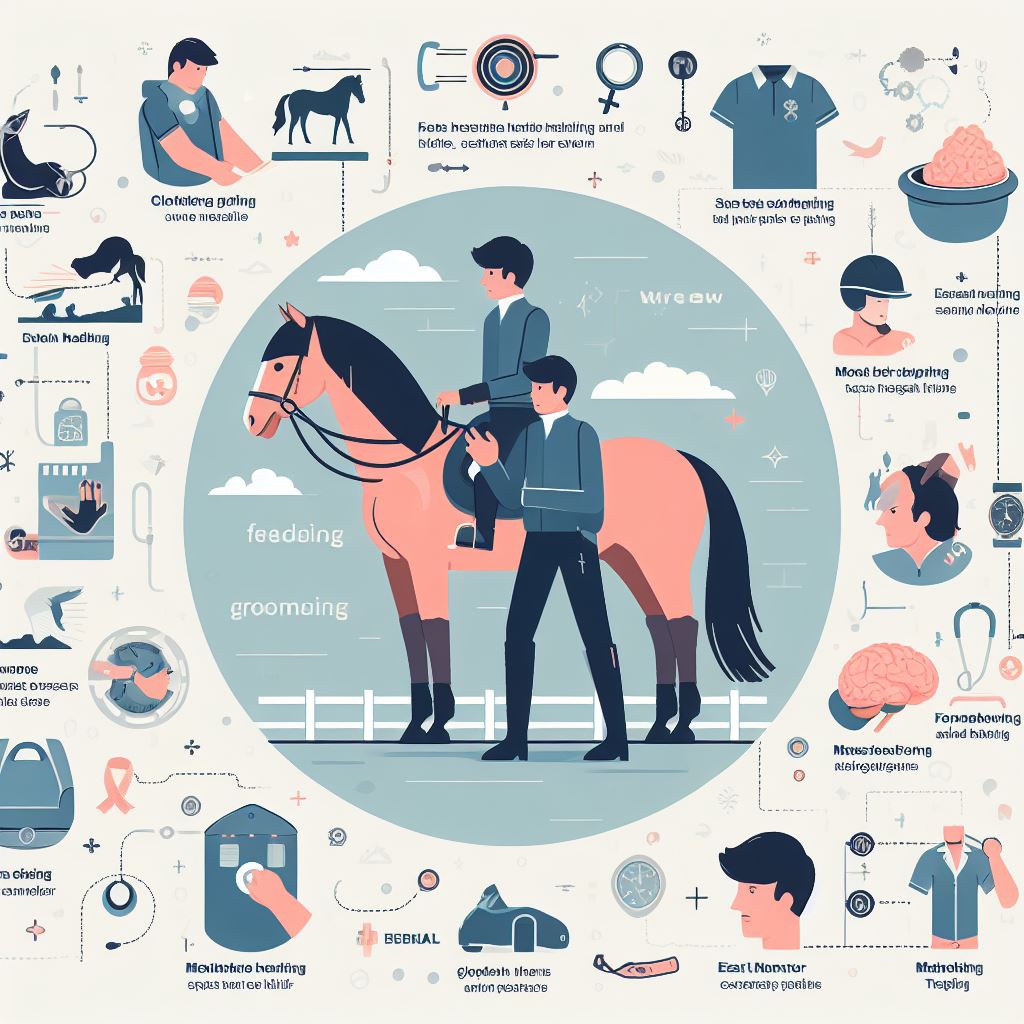Becoming an adept handler takes more than just the love for horses; it also involves honing a specific set of skills – a journey which “Mastering the Art of Horse Handling Skills” will take you on. The article talks about the basics of horse training, largely concentrating on essential skills and behaviors needed to ensure a horse’s safety and suitability for different activities. Further, it helps you comprehend and execute gentle, yet critical, training techniques that serve to foster a robust bond of trust and cooperation between you and the horse. In short, with “Mastering the Art of Horse Handling Skills”, you are set on the path to becoming an accomplished equestrian.
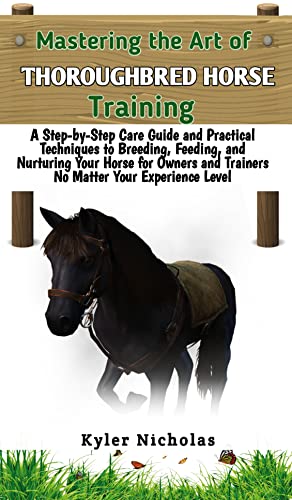
This image is property of Amazon.com.
Understanding the Horse Psychology
If you think about horse handling skills, you probably consider physical techniques like leading, grooming, or riding. However, one of the most critical elements of horse handling is understanding horse psychology. When you grasp how a horse thinks, how it perceives the world, and why it behaves the way it does, you can interact with it more effectively and build better relationships with horses.
The importance of understanding horse psychology
Grasping the mindset of a horse is crucial for both safety and effective interaction. You need to predict how a horse might respond in a given situation and understand what motivates certain behaviors. When you comprehend horse psychology, you can create an environment of trust and respect, helping you bond with your horse and work together cohesively.
Major aspects of horse behavior
Horses, being prey animals, have developed behaviors intended for self-preservation. Understanding these behaviors is the linchpin of horse handling skills. The flight response, for example, is a potent instinct in horses. If a horse perceives a threat, its first instinct is often to run away. Understanding this can help you avoid triggering this response unnecessarily and manage situations where the flight response is triggered.
Interpreting common horse behaviours
Interpreting common horse behaviors such as ear pinning, tail swishing, stomping, and crow hopping can provide insights into their emotional state. For example, if a horse pins its ears back flat against its head, this signifies anxiety or aggression. Learning these subtleties can aid you in assessing their mood, health, and comfort level.
Building Trust and Connection with the Horse
Building trust and forging a connection with a horse is not an overnight process, but it’s a critical part of horse handling. Understanding a horse’s psychology is the foundation of this trust and connection.
Importance of connection in horse handling
A robust, positive connection between horse and handler can make all the difference, especially in potentially stressful or dangerous scenarios. If a horse trusts you and sees you as a leader, it’s more likely to follow your instructions, even in unfamiliar or scary situations.
Creating trust and communication between horse and handler
Creating trust with a horse often hinges on clear, consistent communication. Always being calm, confident, and consistent in your actions is key in fostering trust. Remember that horses are excellent at interpreting body language, so ensure your cues are constant and unambiguous.
Enhancing your horse’s confidence
As you establish trust and communication with your horse, you’ll start to notice their confidence growing. As their confidence grows, they’ll be more relaxed, their performance will improve, and they’ll be more likely to trust you in unfamiliar situations.
Learning the Basic Horse Handling Skills
Acquiring fundamental horse handling skills is essential for anyone working with horses. These skills include everyday care, safe approaches, and basic techniques for leading and grooming.
General horse care and management
horse care and management cover a broad range of skills, including feeding, healthcare, and managing your horse’s environment. These basic skills ensure your horse’s wellbeing and build trust.
Approaching and leading a horse
Approaching a horse correctly is paramount for your safety and the horse’s comfort. Always approach from the side, not directly from the front or back, which are blind spots for horses. Learning to lead a horse is another key skill, as is teaching the horse to follow deferentially without pulling or resisting.
Stable management and grooming
Mastering stable management, including mucking out, bedding down, and maintaining a healthy stable environment, is crucial. Alongside this, regular grooming not only keeps the horse clean but also serves as an excellent opportunity to build trust and check the horse for any health concerns.
Implementing Essential Training Techniques
Training is an ongoing process in a horse’s life, involving different techniques relevant to their age. The use of positive reinforcement and early identification and handling of training issues are pivotal.
Training at different horse ages
Training should be age-appropriate and progressive. Foals and young horses primarily need socialization and handling practice, while older horses may need more complex training or even retraining in some cases.
The role of positive reinforcement in training
Positive reinforcement such as treats, praise, or a gentle pat can go a long way in training. It encourages the horse to repeat the desired behavior, making learning a positive experience.
Preventing and handling training issues
Training problems can emerge due to physical issues, misunderstanding, fear, or bad experiences. Early identification and appropriate handling can prevent these issues from becoming ingrained, making for a happier, better-performing horse.
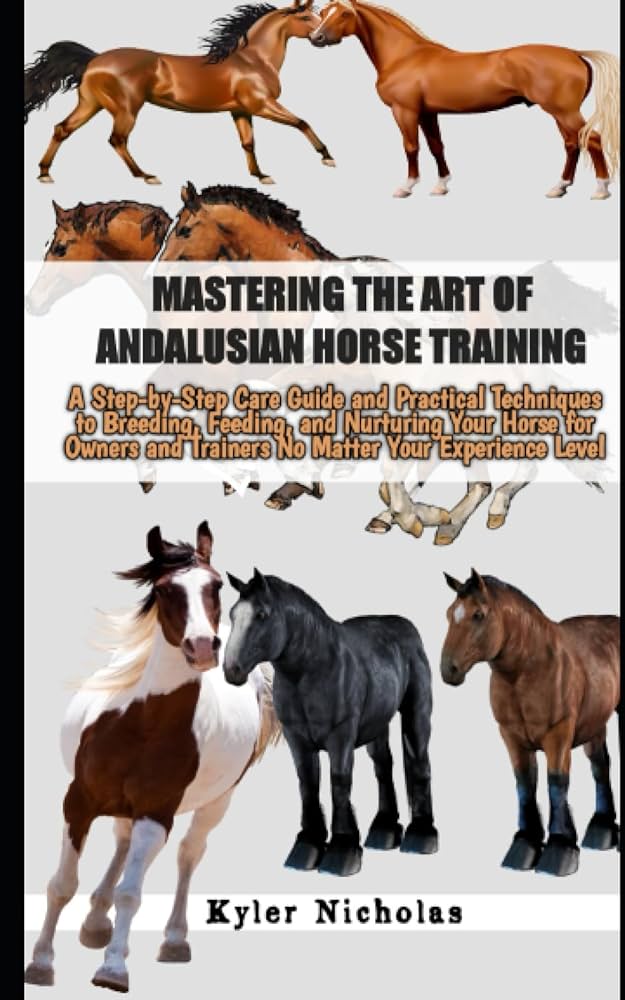
This image is property of Amazon.com.
Mastering Groundwork Skills
Groundwork is the basis of all horse training. It’s where a horse learns to understand and obey your signals and where you establish yourself as a trustworthy leader.
The importance of groundwork in horse training
Groundwork is significant because it lays the foundations of communication between horse and handler, teaching the horse to respond to various cues and establishing respect. It teaches the horse how to learn, making future training more straightforward.
Teaching a horse to yield to pressure
One of the most critical groundwork skills is teaching a horse to yield to pressure, an important safety measure. Essentially, this teaches the horse to move away when it feels pressure to prevent it from pushing against you or potentially causing an accident.
Groundwork exercises to build connection
There are various groundwork exercises that you can use to enhance connection, ranging from leading exercises to more complicated activities like lunging or long-lining. These exercises help enhance understanding, respect, and trust.
Developing Riding Skills
Riding skills take time and practice to develop. They require understanding of basic positions and techniques, effective use of aids, and eventually building up to more advanced skills.
Basic riding positions and techniques
Mastering the basic riding positions, including the correct seat, leg, and hand positions, is the first step. Along with this is learning basic riding movements like walking, trotting, halting, and turning.
Using aids effectively during riding
Learn to use aids, signals given through your body, to communicate your wishes to the horse. Aids include leg pressure, rein pressure, seat movements, and even voice commands.
Progressing to advanced riding skills
As your basic skills become second nature, you can start working on more advanced skills. These could include cantering, jumping, lateral work, or specific movements used in dressage and other horse sports.
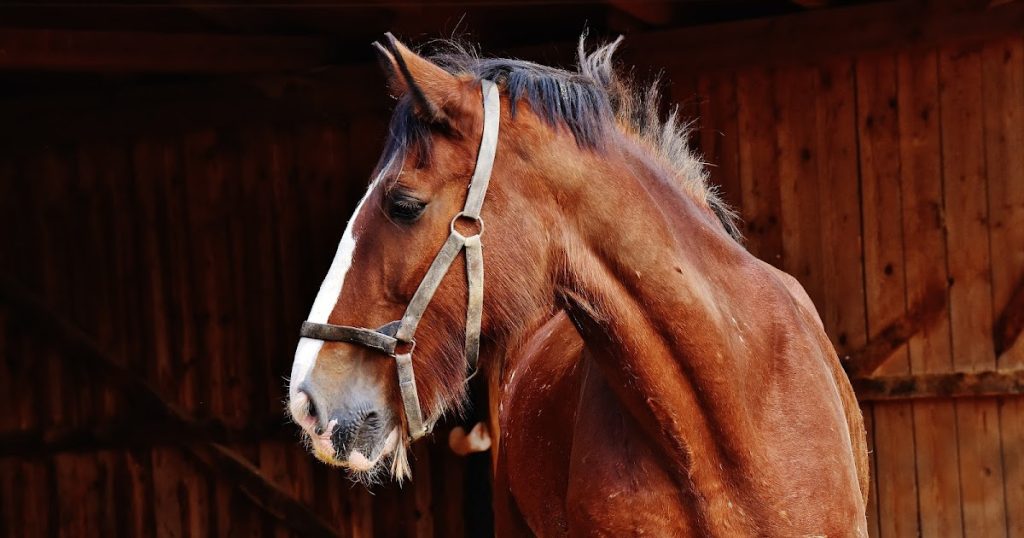
This image is property of 1.bp.blogspot.com.
Safety Considerations in Horse Handling
Safety is of utmost importance in horse handling and should never be compromised. This includes understanding the horse’s danger areas, knowing how to prevent and respond to accidents, and maintaining safety while riding.
Understanding horse’s danger areas
Understanding a horse’s danger zones, such as directly in front or behind them, can prevent many avoidable accidents. Always ensure the horse is aware of your presence and never approach from a blind spot.
Preventing and responding to horse handling accidents
Knowing how to avoid common causes of accidents and understanding what to do if an accident does occur is crucial. Always wear appropriate safety gear and ensure the horse is trained to behave in a controlled and predictable manner.
Maintaining safety when riding
While riding, always wear a helmet and other protective gear, use safe and well-maintained tack, and never overestimate your skills or the horse’s training level.
Handling Special Cases: Horse Rehabilitation
Handling special cases such as injured, sick, or traumatized horses require additional care and skills. Understand the basics of equine first aid, rehabilitation exercises, and techniques to reintegrate rehabilitated horses.
Caring for a injured or sick horse
Dealing with injured or sick horses requires patience and knowledge of basic equine first aid. Always contact a vet if needed, provide appropriate aftercare, and be prepared for a potentially slow recovery.
Rehabilitation techniques for traumatized horses
Rehabilitation of traumatized horses requires patience, skill, and sometimes professional assistance. Techniques include desensitization exercises, confidence-building activities, and plenty of positive reinforcement.
Reintegrating rehabilitated horses
The next step after rehabilitation is reintegration, which should be gradual and considerate of the horse’s mental and physical health. Regular, positive experiences will help a horse regain its confidence and rebuild its trust in people.
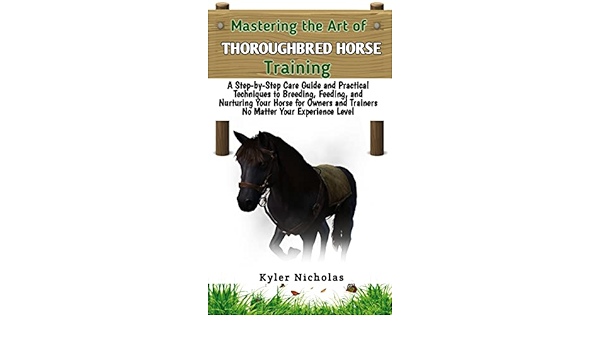
This image is property of Amazon.com.
Ongoing Horse Handling and Training
Horse handling and training are not one-time efforts but continuous processes. This involves consistent training, adapting to the horse’s temperament and age, and recognizing the long-term benefits of effective horse handling.
The value of consistent training
Consistency is key in horse handling and training. Consistent cues, consistent responses to behaviors, and a regular training schedule help the horse understand what’s expected and develop trust.
Adapting training to horse’s temperament and age
Training must be tailored to the horse’s temperament and age. Some horses are more energetic or sensitive than others. Being able to adapt your training methods to fit the individual horse is a critical skill in horse handling.
Long-term benefits of effective horse handling
Effective horse handling can create a healthier, happier, and more cooperative horse that is a joy to work with. This not only leads to more fulfilling experiences but also opens up more opportunities for advanced training and horse sports.
The Role of Horse Handling in Competitive Activities
Effective horse handling has a significant role in competitive activities, such as dressage, eventing, and show jumping. It involves specialized training, along with the mental and physical preparation of the horse and the handler.
Training for specific types of horse sports
Training for horse sports requires specific skills and techniques, often building on basic horse handling skills. Adapt your training regimen to focus on the skills needed for the particular sport you’re interested in.
Mental and physical preparation for competition
Competing is both physically and mentally challenging for both horse and rider. Adequate preparation includes conditioning exercises, repetition of specific movements, and mental exercises like visualization and stress management.
Influencing performance through effective horse handling
Good horse handling helps improve performance by enhancing the horse’s trust in you, ensuring clear communication, and providing consistent training. All these contribute to a better performance on the competition field and make for a stronger, more harmonious horse-rider team.
By following these guidelines, you can master the art of horse handling, ensuring a constructive and fulfilling relationship with your horse. Remember to always respect the horse, understanding their psychology to better anticipate their actions, and always prioritize safety.
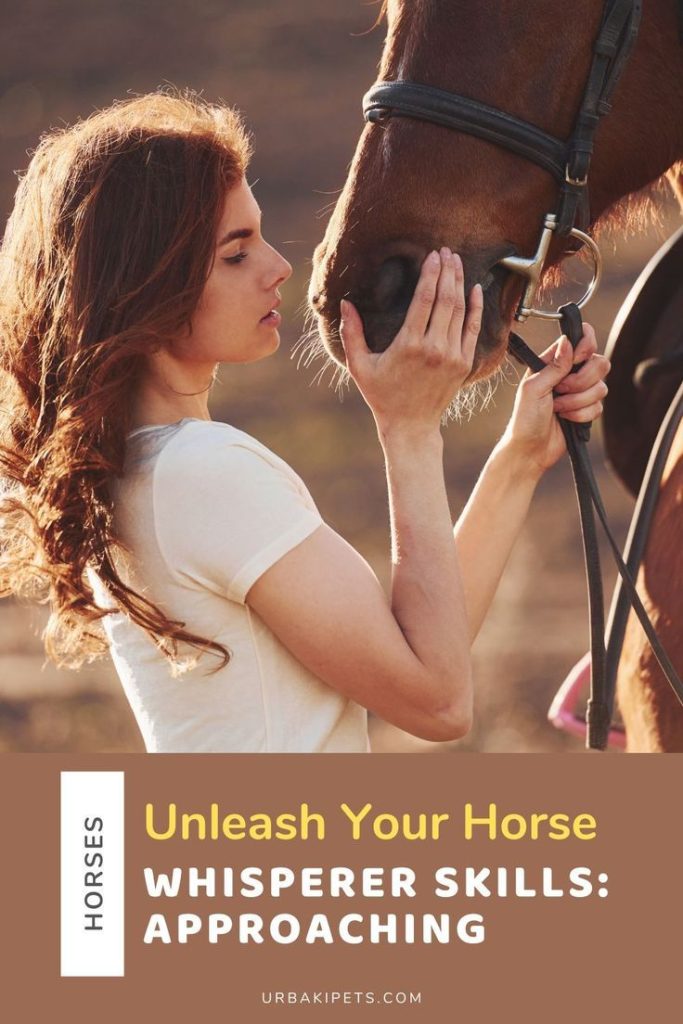
This image is property of i.pinimg.com.
